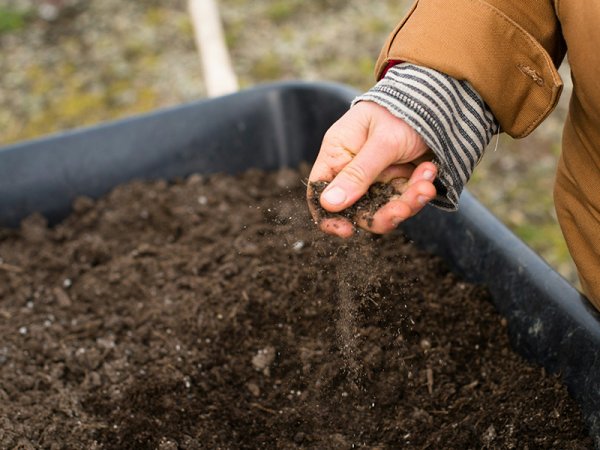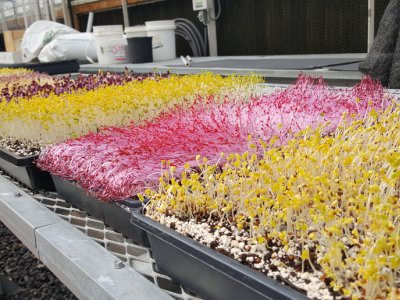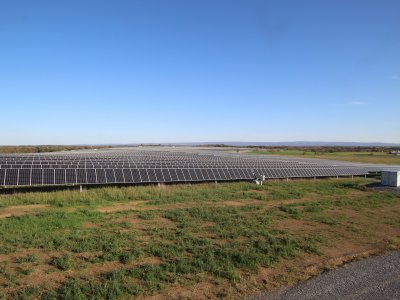Soil, one of the marvels of this planet, has been presented for decades as a potential solution to counter the build-up of carbon dioxide (CO2) in the atmosphere. Current estimates indicate that the organic carbon (C) content in soil organic matter is 1,700 gigatons (Gt) compared with 885 Gt in the atmosphere (roughly, 2.1 Gt of carbon per parts per million (ppm) of CO2), and 450 Gt in vegetation. Most soils converted to agriculture have lost organic carbon. It is estimated that globally, this loss amounts to 133 Gt of carbon in the top 2 meters of soil and 37 Gt of carbon in the top 0.3 meters of soil. Taking the latter as a conservative estimate of the carbon that could be replenished in the soil, it equates to about 18 ppm of atmospheric CO2. No wonder there is commercial interest in promoting soil carbon storage (or sequestration) for greenhouse gas emissions offsetting.
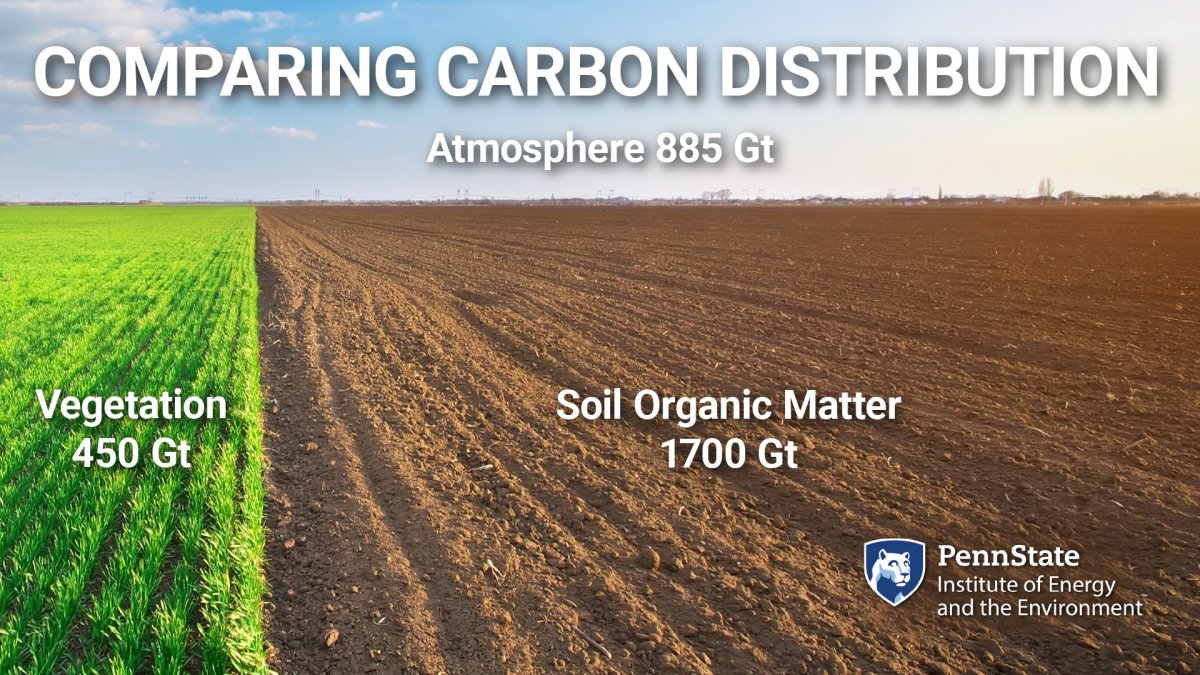
What is the mechanism to store this carbon? It has been proposed that to lower atmospheric CO2, we can capture it via photosynthesis and replenish the soil organic carbon pool with carbon decomposing from plant residues or animal manure (biogenic soil organic carbon—brought about by living organisms) or with biochar generated from these organic residues (pyrogenic soil organic carbon—brought about by heating). Let us explore biogenic soil carbon formation and its potential for commercialization as carbon offsets.
Soil organic carbon is the accumulation in the soil matrix of mostly microbial detritus retained in the interstices between soil particles and soil aggregates. But here is the first catch. To generate this microbial detritus, the soil microbes feed on organic residues, releasing a good fraction of the carbon back into the atmosphere as CO2. We can call this fractional release the first microbial carbon fee.
And here is the second catch. The retained microbial detritus, now turned into soil organic carbon, is not stored permanently but is subject to further microbial degradation and respiration. As microbes access the soil organic carbon, they respire a fraction of it back into the atmosphere as well. We can call this release the product of the second microbial carbon fee.
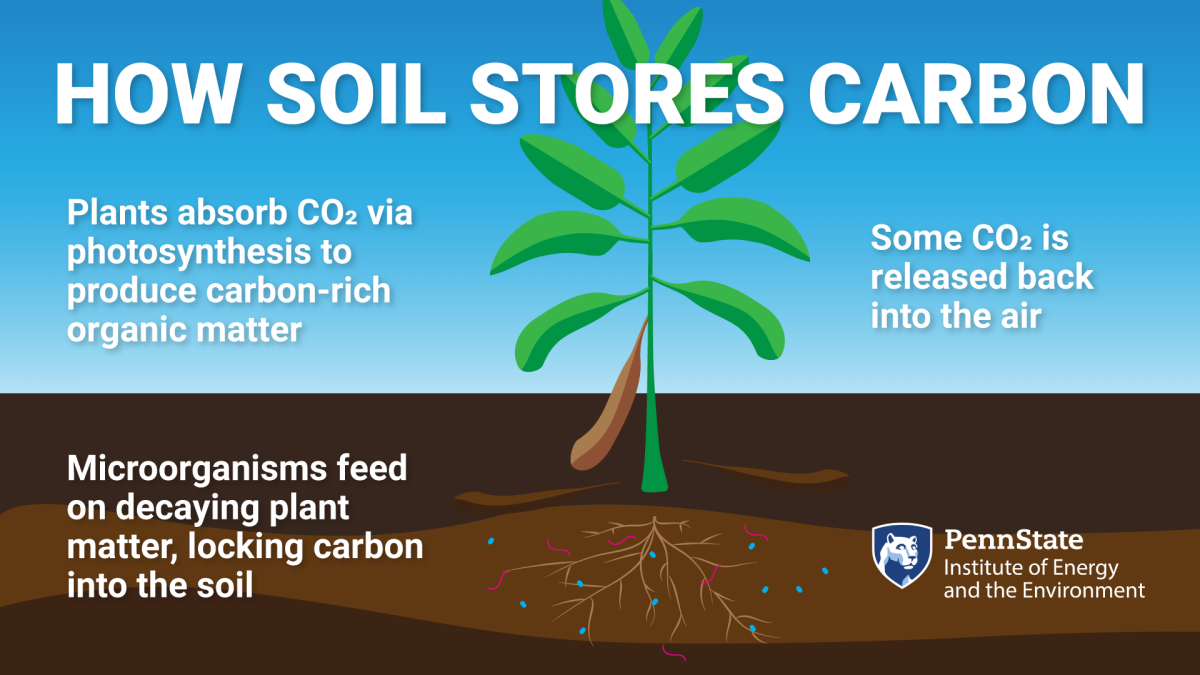
The important result is that to have net soil organic carbon storage, the rate of carbon retention must exceed the rate of carbon respiration. This can only be achieved in exceptional cases or certain portions of the soil. For example, it has been proposed that the conversion of tilled soils to no-till can store soil carbon by reducing soil carbon respiration. Unfortunately, most experimental evidence indicates that save for peculiar cases, no-till does not increase soil organic carbon storage in the long-term because while soil carbon in the very top 0.05 or 0.1 m of soil increases, that in the subsoil decreases due to the lack of aboveground residues mixing. The model C-FARM, created to facilitate these calculations, as well as other analyses indicates as much. In addition, measuring changes in soil organic carbon stock can be costly and time-consuming. Countering the microbial carbon fees can prove challenging for a business model based on biogenic soil carbon storage.

Thus, after decades of work on soil organic carbon cycling, a slow consensus is emerging in scientific circles stating that while practices aimed at soil carbon storage can be beneficial to the soil, more emphasis should be placed instead on incentives to avoid soil carbon losses. Preventing the loss of soil organic carbon is much easier than restoring it. An example is avoiding land use conversion from grassland or forestland to annual cropping. Nonetheless, a recent review and synthesis proposed that some practices that favor biogenic soil carbon storage can still be counted on to counter soil carbon losses or to increase soil carbon storage. How so? The return to the soil of carbon residues leftover from anaerobic digestion (digestates) or from the fermentation of biomass for liquid biofuel (high lignin byproducts of fermentation) can be as effective as the original amount of crop residues in replenishing soil organic carbon. The process by which the proportion of organic carbon retained may increase when adding digestates or high lignin byproducts of fermentation will undoubtedly be the subject of much research soon.
Markets put a low value per ton of biogenic carbon dioxide equivalent (CO2e) on soil carbon sequestration to account for the difficulties in storing, preserving, and measuring soil carbon. Is trying to store carbon in the soil biogenically a futile activity? Absolutely not. Unmentioned in this post until now is that almost without exception, all practices that aim to increase soil carbon benefit other soil properties, leading to more sustainable production systems and, in most cases, better soil, air, and water quality. Soil respiration, the microbial fee to soil carbon storage, may not help us gain too much soil carbon, but some of the respiration reflects the lives of the soil microbes that contribute to holding the soil together. If the government or the public intends to improve the management of the agricultural land base, then monetary incentives should pay for soil health improvements via measures not conflated with soil carbon sequestration. Recognize the microbial fee, but also the premium.
Armen Kemanian is a professor in the Department of Plant Sciences in the College of Agricultural Science. He is also a faculty member of the Institute of Energy and the Environment. He is also the project director of the CARAT Project, which focuses on dairy production in Pennsylvania, a sector with tremendous potential to reduce greenhouse gases. Kemanian develops and applies comprehensive agricultural and natural systems simulation models with the goal of improving productivity and environmental stewardship. His research program emphasizes the quantitative understanding of vegetation; soil and landscape processes including crop growth and yield; and the cycling of water, carbon and nutrients.

